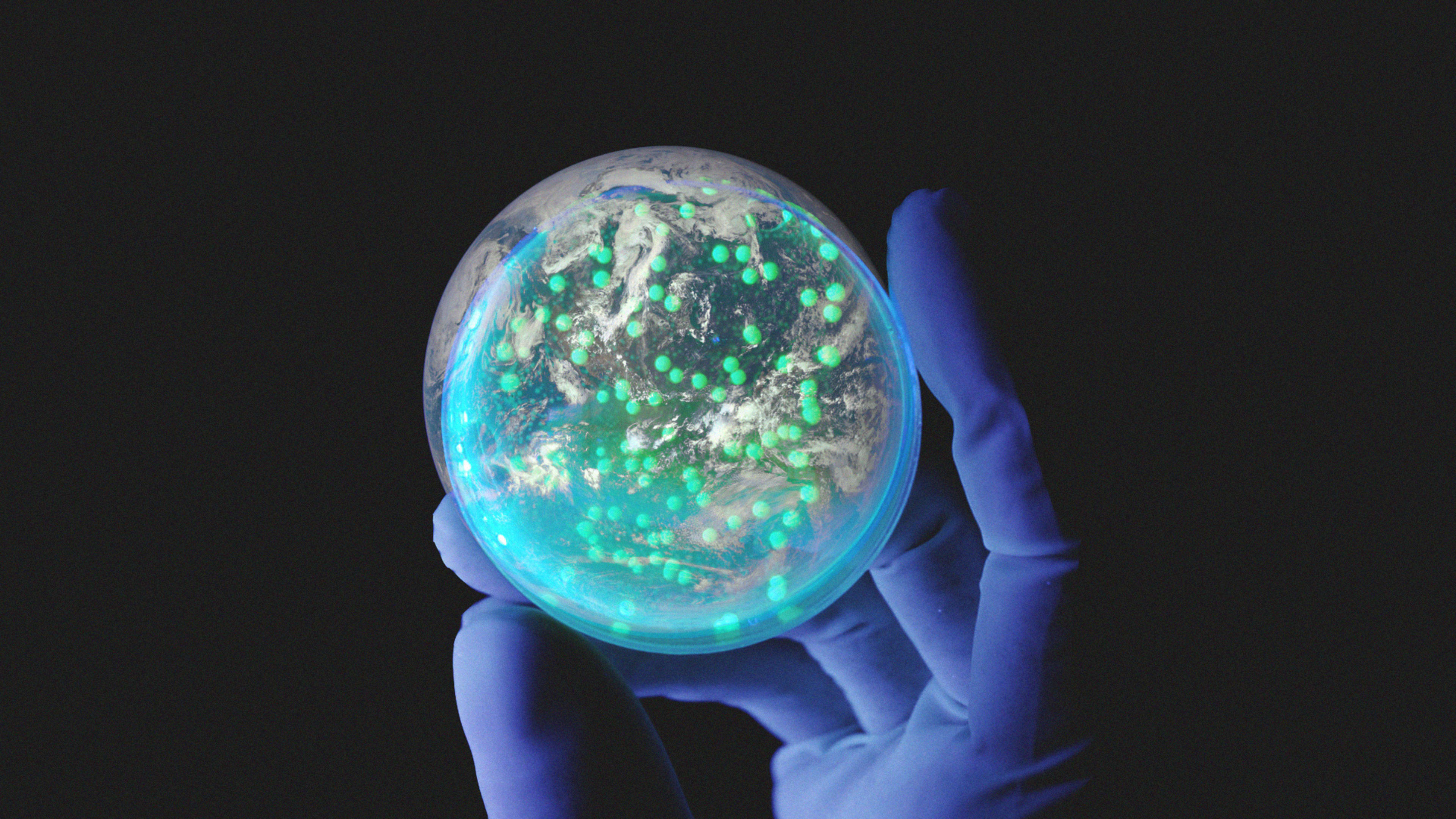Earlier this week, a bio laboratory containing four science experiments arrived at the International Space Station. The lab is housed inside a box the size of a milk carton, and the research trials–which will be conducted via a remotely controlled, Wi-Fi-connected web or phone app–have already begun.
Testing drugs in outer space sounds like the very definition of a trip, but it’s not that uncommon for major pharmaceutical companies. Merck, Procter & Gamble, and Eli Lilly have all conducted tests on the International Space Station over the past decade. And by the end of this year, more rodents will have left the Earth’s orbit than any other mammal thanks to the expanding potential of microgravity testing in pharmaceutical development.
Science in space is now a $3 billion industry, according to Reuters, and it’s barely even taken off: The volume and depth of microgravity research has been limited by the high cost of getting into orbit. Now, thanks to the falling cost of rocket launches, the miniaturization of lab equipment, and the proliferation of smaller commercial space enterprises catering to space entrepreneurs, small-scale microgravity experiments are becoming more accessible.
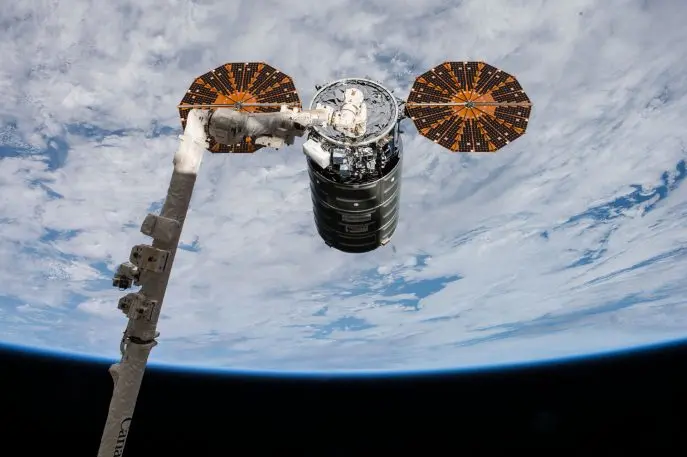
“Extreme conditions can change a researcher’s perspective on how reactions take place,” says CEO Yossi Yamin, a former commander of the Israeli Defense Force’s satellite unit. “When there are no G forces, everything grows and reacts much more clearly than on Earth.”
Microgravity can teach us new things about our genes, our medicines, and the chemicals we use every day on Earth. Proteins crystallize differently, molecules take on different shapes, and there’s less atmospheric “noise” to get in the way of, say, enzymatic reactions, or bacterial growth. In space, the physics are simpler, so scientists can work with fundamental equations.
“When you take gravity out of the equation, all your intuitions about the processes underlying the experiment are different,” explains Julie Robinson, NASA’s chief scientist at the International Space Station. “There are two processes you don’t get on earth: buoyancy and density-driven convection. The way to think about buoyancy is if you’re boiling a pot of water, bubbles rise at top of the pot. That mixing is turbulent, so the physics are a beast.”

This allows SpacePharma to send liquid into free orbit, which is unusual according to Yamin, and to place no limits on potentially hazardous substances, like certain kinds of bacteria. “Most of the time astronauts have to think about their health, do safety and machine checks, and work on other missions; they’re not allowed to spend too much time on this,” Yamin says. “With us, you can skip and cut the middlemen, and make it directly so scientists can control the experiment. That saves significant labor costs.”
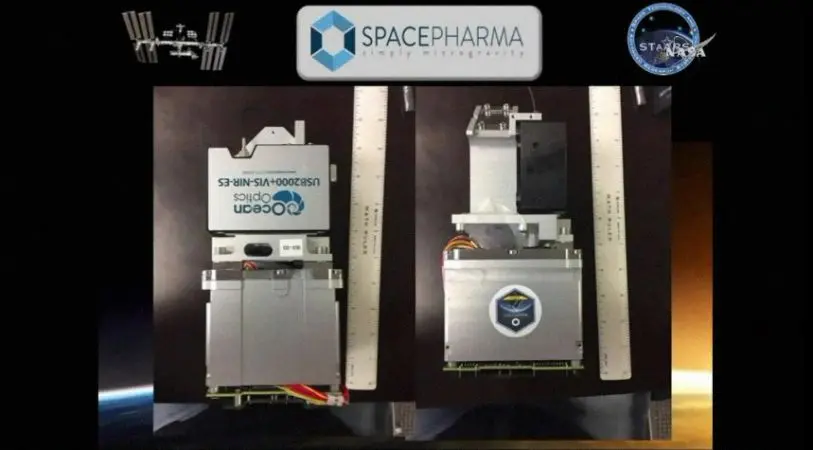
These tests have already produced tangible results. Merck, the pharmaceutical giant, ran tests to enhance the effects of a cancer drug named Keytruda. Amgen developed Prolia, an osteoporosis drug, after gathering data from tests on cosmonaut mice. A materials company called Milliken & Co used space to make better flame retardant textiles to protect first responders. And the retailer Target is offering a million dollars to the best proposal on how to enhance cotton sustainability through microgravity experiments on the ISS.
The experiments can get appropriately weird: According to Roberts, when a scientist working for NASA sent flatworms up to test the regenerative properties of their tissues, some grew back two heads instead of one. When these worms reproduced in space, their offspring also grew extra heads.
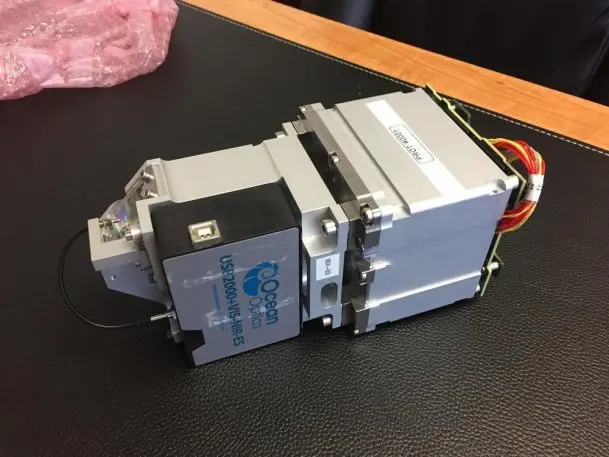
SpacePharma currently employs 12 people (three systems engineers, three software engineers, and three science PhDs) and Yamin expects his company to double in size in the next couple of years as healthcare becomes more personalized. He envisions SpacePharma helping wealthy people and small groups of individuals run their own specialized tests targeting rare diseases.
“This is a change we’re experiencing in the industry. You don’t need big markets, you need tailored, small ones,” he says. “If 200 people who have the same rare disease find each other on Facebook and decide they want to survive together, they can bring $1000 each, take their problem to a scientist, and continue testing from this point.”
In exchange, SpacePharma claims a fraction of the royalties that might be derived from a discovery down the line. The intellectual property derived from experiments belongs to the researchers.
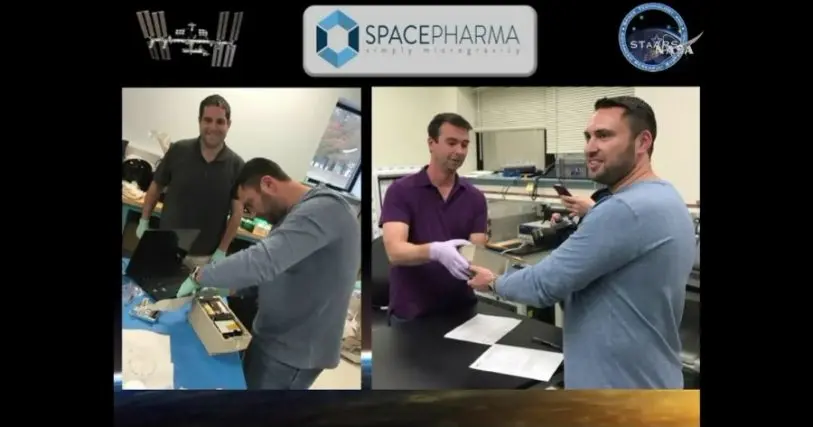
SpacePharma’s advantage is that its clients don’t need to obtain grants from a university or a government, or to play by ISS rules at all if they simply want to experiment in microgravity.
NASA and CASIS see their mission as working in tandem with private sector clients and service providers, and for all his talk of bypassing regulation, Yamin doesn’t disagree; in fact, SpacePharma itself was conceived after he and his partners brainstormed with officials at NASA and the European Space Agency and concluded that what they could offer was a streamlined process for launching experiments “with less registration and bureaucracy.”
“It’s not a competition [with private business] at all,” says Roberts, running of the names of businesses they’ve partnered with: Nanoracks, another firm launching scientific experiments into space, and Space Tango, which does similar work on the International Space Station.
“Someday, the Space Station will wear out, and we want low earth orbit to become part of the U.S economy,” says Julie Robinson. “For that we need companies to build capacity to operate without government support at the level we have it today.”
Recognize your brand’s excellence by applying to this year’s Brands That Matter Awards before the early-rate deadline, May 3.
